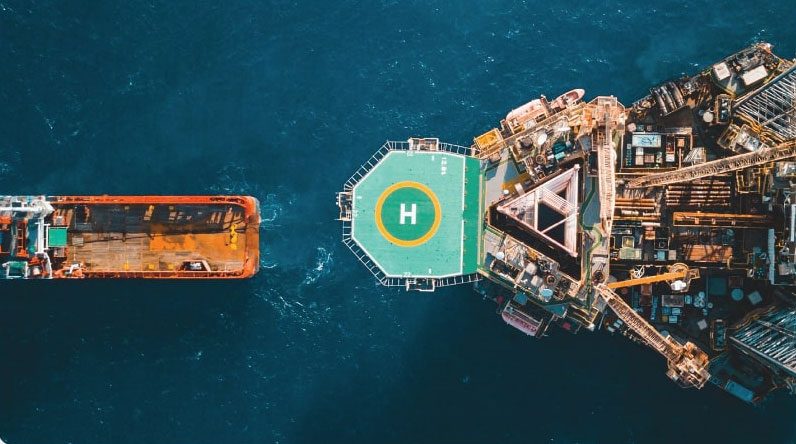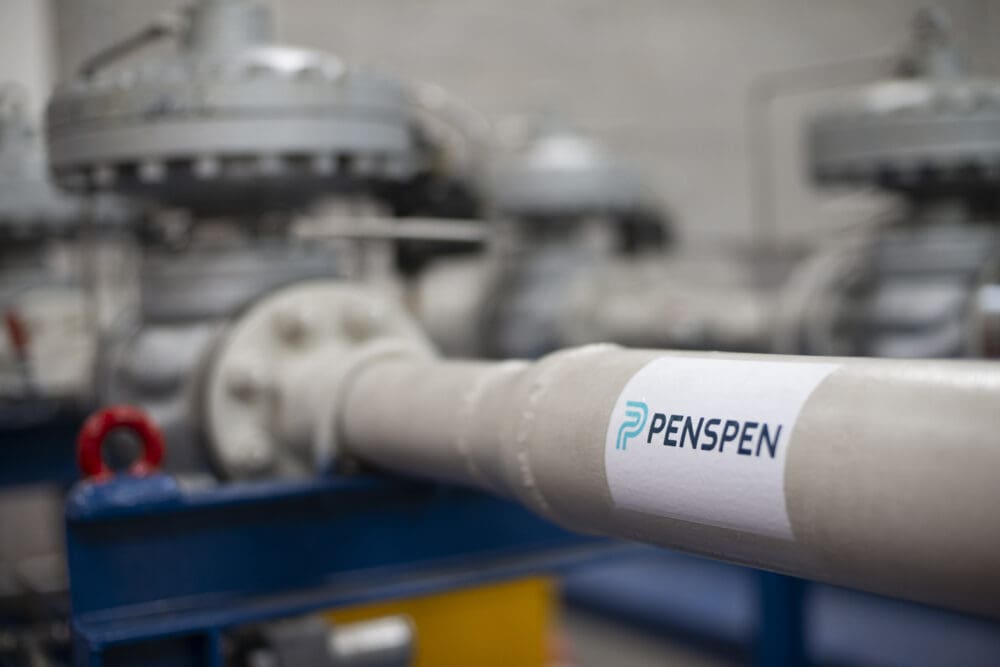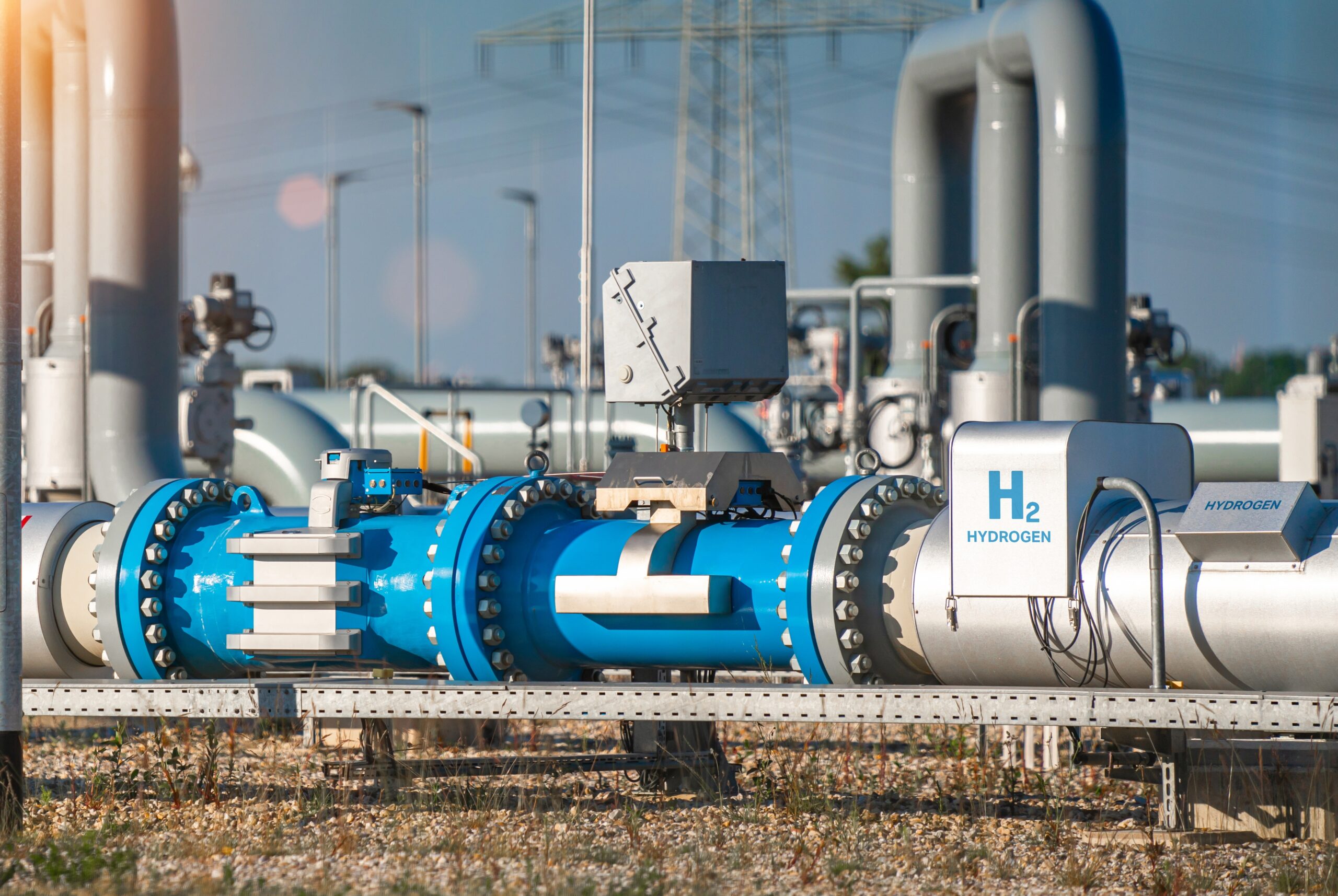Hydrogen Blending Facility Design & Assessment for REN-Gasodutos, S.A.
Hydrogen Blending Facility Design and Assessment for REN-Gasodutos, S.A., a gas transmission system operator in Europe.
Overview
REN-Gasodutos, S.A. is a national gas transmission system operator in Europe and, therefore, is mandated to incorporate renewable gases (mainly H2) in its transmission system in order to comply with the requirements of the decree-law 62/2020.
As such, Penspen was engaged to assess the hydrogen readiness of its transmission system and related assets for a blending up to 10% (first stage) and then to 100% (second stage) in order to get a third-party certification for the purpose.
Assessment and Analysis Project:
Penspen’s objective is to perform the assessment studies and gap analysis in order to certify the REN-Gasodutos, S.A.’s gas transmission system for service with H2, down to the component level. The referential code to be considered for these studies shall be Code ASME B31.12 – Hydrogen Piping and Pipelines – and may also consider latest research and industry best practices, safety lessons learned, hydrogen related code and standards requirements and Penspen’s in-house repurposing experience.
The two primary work areas are:
- 10% hydrogen suitability
- 100% hydrogen suitability
Blending Facility Design Project:
In addition to the assessment and analysis project, Penspen was selected to provide Engineering Services to establish the concept and the Basic Engineering/FEED of the future H2 Blending Stations that will be used to inject and blend hydrogen in the Natural Gas Transmission System and Natural Gas Distribution System. The client intends to develop the Basic Engineering for nine different classes of Blending Station differentiated according to its hydrogen flow capacities.
The Basic Engineering shall define the process scheme, its control philosophy, the main equipment, the overall plot plan and the architecture of control and emergency systems, and it must issue all the technical documents needed for Detail Engineering/EPC.
- Process design of nine classes of Blending Stations to be used for injection and mixing hydrogen in the natural gas pipeline
- Comprehensive and detailed technical documentation required to allow call for offers for future Detail Engineering, Procurement and Construction Contracts (EPC) of the future Blending Stations
- Budgets and schedules valuations for the EPC contracts
- Analysis and validation of the first nine detail projects to be delivered by EPC contractors
- Study to assess the potential stratification of the H2 and NG mixture in the pipeline segments whose flow conditions are nearby to the laminar flow regime





